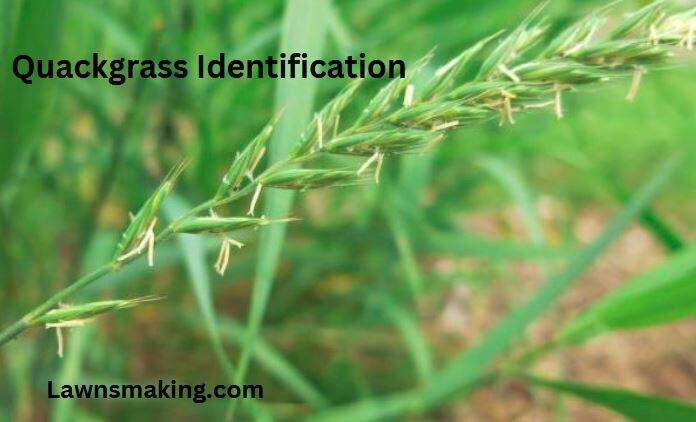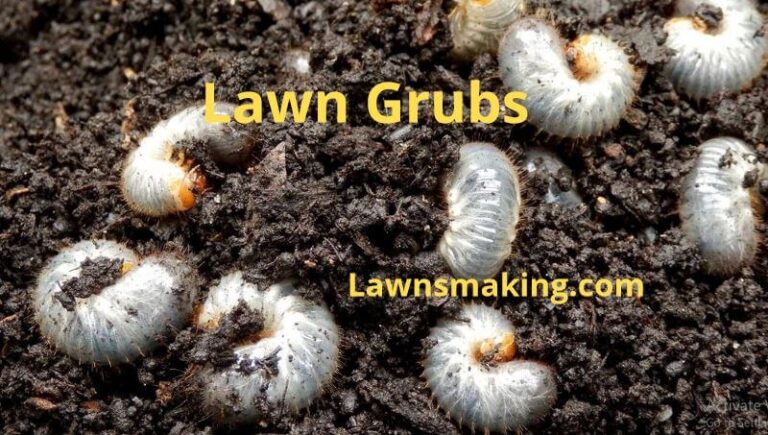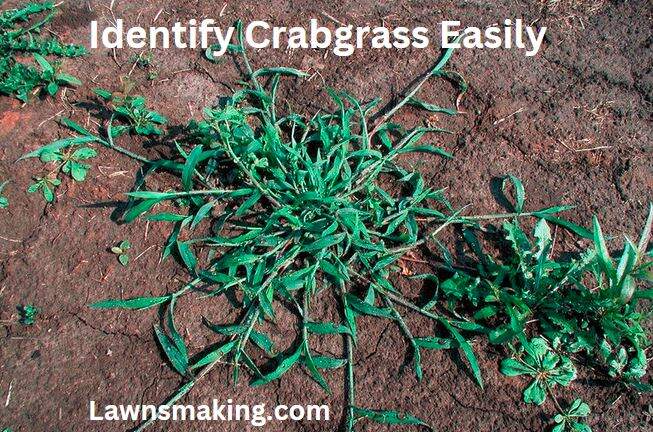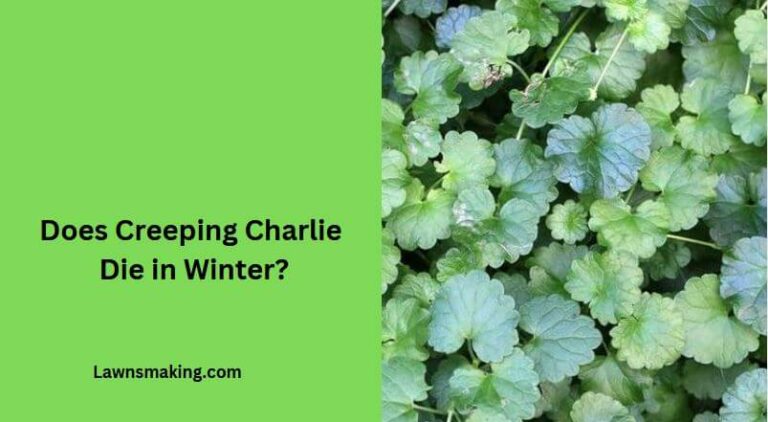
Quackgrass is a common cool-season, perennial, grassy weed that’s tough to control on lawns and gardens. It can swiftly take over your lawn once it establishes its strong deep-root system. As such, early quackgrass identification is critical for easier management.
A quick quackgrass identification is through its long stems, blue-green leaves, membranous ligules, hairy leaf sheaths, and claw-like clasping auricles. It’s also known for its extensive, sharply pointed rhizomes. Quackgrass grows in patches and is usually taller than the surrounding turf.
Keep reading this article to learn what quackgrass looks like. I’ll share key features along with pictures to aid in identification. I’ll also compare quackgrass with its common look-alikes.
1. Long, Flat, Light Blue-Green Leaves
Quackgrass leaf blades are long, broad, flat, rolled in the bud, and narrow to a pointed tip.
They can grow 0.125 – 0.5 inches (0.3 -1.3 cm) wide and 6 -16 inches (15-41 cm) long. Seedling leaf size can be 0.08-0.1 inches (0.2-0.25 cm) wide and (3.5-8.0 inches (9-20 cm) long.
The leaf blades can vary in color from dull green to ashy blue-green.
They can be smooth or rough on the upper surface with fine hairs, especially in seedlings. The lower surface is usually smooth with a waxy coating.
Related: Crabgrass Identification: 5 Easy Ways With Pictures
2. Distinctive Collar Region
The quackgrass collar region has a translucent, membranous, and short (1/32 inch) ligule.
Leaf-sheaths are typically open at the top and short. They are hairy on the lower side towards the plant base and smooth on the upper side. Often, seedlings will have hairy sheaths.
Quackgrass exhibits unique auricles, making them a key identifying feature. The auricles are whitish, long, slender, and claw-like, clasping the stem at the base of the leaf blade.
Alt: Quackgrass claw-like auricles
The presence of the claw-like auricles distinguishes this weed from other grassy weeds, such as crabgrass.
Find Out: How to Kill Crabgrass With Baking Soda
3. Tall Vertical and Horizontal Stems
Quackgrass stems are erect, unbranched, and can grow 1 to 4 feet (0.3-1.2 m) tall if unmowed with 3 to 6 joints. The stem joints appear swollen.
Alt: Quackgrass stems
Quackgrass stems are smooth, circular in cross-section, and green to white.
The weed also produces numerous underground creeping stems (rhizomes) that grow horizontally.
Alt: Quackgrass rhizomes
Rhizomes are one of the primary identifiers of this weed and can be used to differentiate it from the annual ryegrass.
The extensive rhizomes are typically slender, pale yellow to brownish, and have pointed tips.
They can stretch up to 8 inches (20 cm) deep and 5 feet (1.5 m) or more laterally from the mother plant, producing new roots and shoots at the nodes.
4. Flat, Elongated Seed Heads With Pointy Awns
Quackgrass seedhead (spike) is similar to oats or wheat but finer. It starts as greenish-blue and turns straw-colored during maturity.
The spikes are flattened and elongated, about 6-10 inches (15-25 cm), and comprise two opposite rows of numerous spikelets, each 0.4-0.6 inches (1-1.5 cm) long.
Alt: Quackgrass spike with spikelets
The spikelets typically have long, pointy awns at the tips, about 0.07-0.4 inches (0.2-1 cm), with 3-7 florets.
Each spikelet produces 4-6 seeds. The seeds are yellowish-brown, narrow, elliptical with tapered bases, and about 0.35 inches (0.9 cm) long.
Quackgrass Identification in a Lawn
Quackgrass favors vacant lawns with little to no competition. It flourishes in slightly acidic, well-drained soils and is resistant to drought. It’s a highly competitive weed and can significantly smother the surrounding lawn grass.
The weed can easily be identified on a lawn as it will typically be the first to sprout and grow faster than its competitors. It grows taller and has broader leaves than regular lawn grasses.
Quackgrass grows in patches on a lawn and can spread rapidly by seeds or rhizomes underneath the ground. It is allelopathic. This means it produces chemicals that prevent the growth of surrounding vegetation.
As such, learning how to control the quackgrass population on a lawn is crucial.
Quackgrass is often confused with grasses of similar species, such as crabgrass, tall fescue, and ryegrasses. Below is a table showing the differences with its look-alikes.
| Quackgrass Look-Alike | Differentiating Factors |
| Crabgrass | – Light green- It’s a warm-season annual weed- Prominently hairy leaf sheaths- Reproduces by seeds only- It lacks long clasping auricles- Grows in clumps- Has prostrate growth habit |
| Tall Fescue | – Grows in clumps- It lacks rhizomes- It has blunt, lobe-like auricles that do not clasp the stem as those of quackgrass |
| Rye grass | – It lacks rhizomes- Grows in clumps |
| Smooth brome | – It lacks auricles- It has closed sheaths |
Conclusion
If you’ve observed a different grass type growing in your lawn that doesn’t blend with the turf, chances are it’s a quackgrass invasion.
Check for primary quackgrass identification features, such as tall, circular stems, blue-green leaf blades, clasping auricles, extensive and sharply-pointed rhizomes, and open leaf sheaths.
Identifying quackgrass is crucial to manage it before it reaches maturity. Once mature, it can quickly take over your lawn with its seeds and rapidly spreading rhizomes, killing the rest of the turf with its allelochemicals.
Needless to say, maintaining a healthy lawn is the surest way of keeping weeds like quackgrass away.





